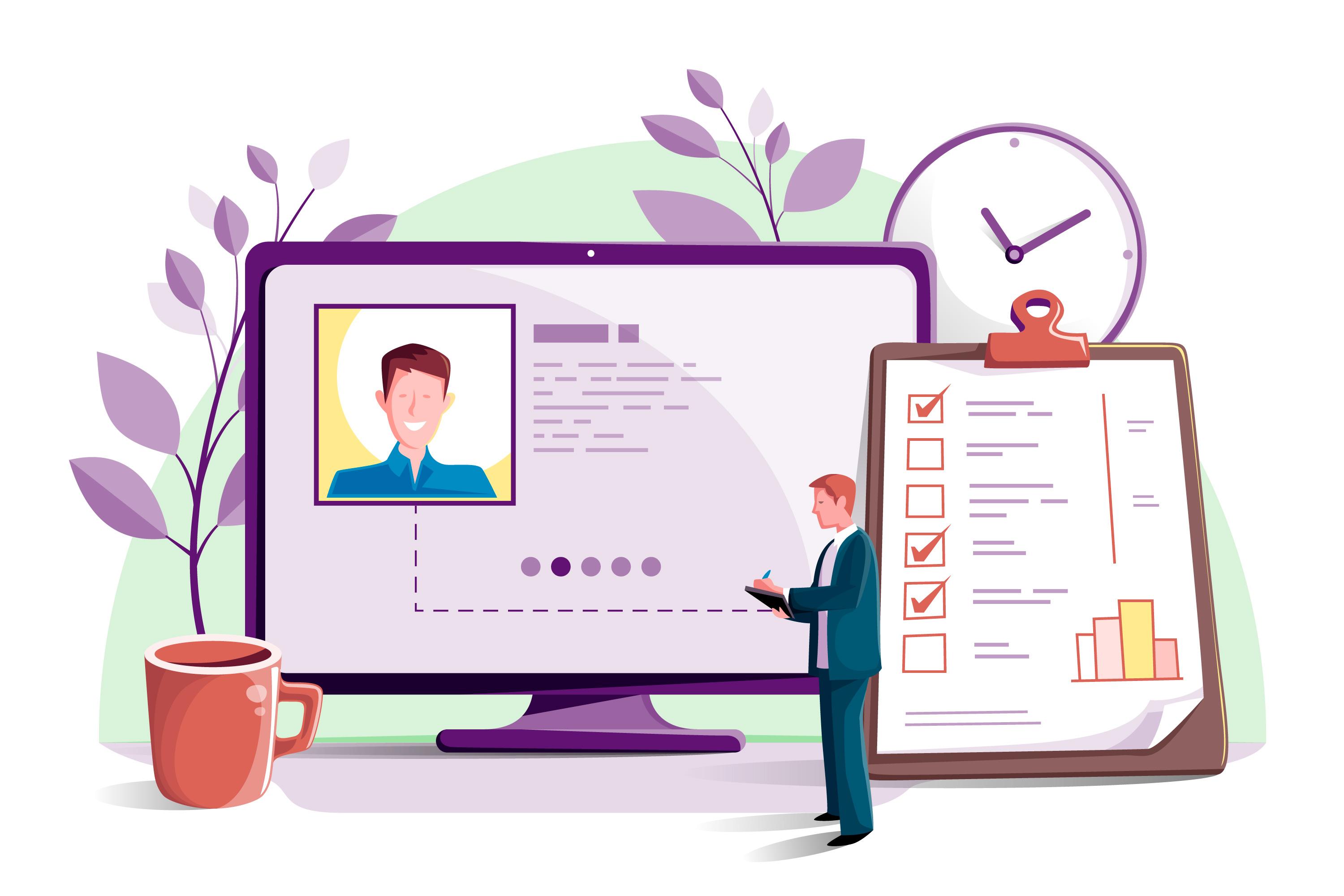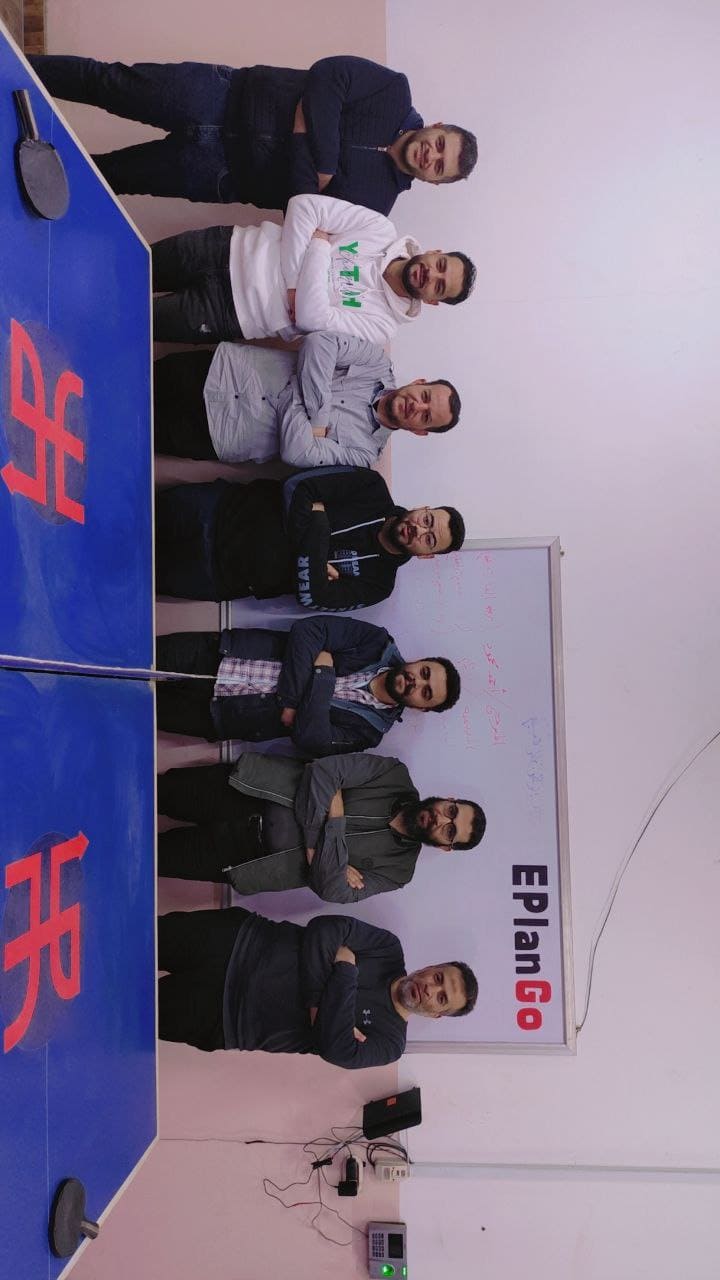How to make a job description

Welcome to our comprehensive guide on crafting effective job descriptions! In today's fast-paced and competitive job market, the role of a job description extends far beyond a mere list of responsibilities. It's the gateway to attracting top talent, setting expectations, and defining the essence of a role within an organization.
In this blog series, we delve deep into the art and science of creating job descriptions that not only resonate with prospective candidates but also serve as a powerful tool for companies aiming to hire the best-fit individuals. From understanding the anatomy of a compelling job description to mastering the use of language and tone, we'll explore every facet of this vital hiring component.
Whether you're a seasoned HR professional seeking to refine your approach or an employer venturing into the world of recruitment, this series aims to equip you with the insights and strategies necessary to craft job descriptions that stand out in a crowded job market.
Let's embark on this journey together and uncover the secrets behind crafting job descriptions that attract, engage, and retain top talent.
Types of job description:
Job descriptions come in various formats and styles, tailored to suit different needs within an organization. Here are some common types:
1. Traditional Job Descriptions: These are the standard descriptions that outline the duties, responsibilities, qualifications, and reporting relationships for a specific role. They're typically used in formal job postings and HR documentation.
2. Skills-Based Job Descriptions: Focused more on required competencies and skills rather than specific tasks, these descriptions emphasize the abilities needed to excel in a role. They're often used for positions where flexibility and adaptability are crucial.
3. Performance-Based Job Descriptions: These descriptions center around outcomes and results expected from an employee rather than a list of duties. They highlight key performance indicators and measurable goals.
4. Task-Oriented Job Descriptions: Detail-oriented, these descriptions break down tasks and responsibilities into granular components. They're helpful for roles where specific tasks need clear delineation, such as in technical fields or specialized professions.
5. Internal Job Descriptions: Used within a company for promotion opportunities or internal transfers, these descriptions highlight necessary qualifications, skills, and expectations for current employees interested in new roles.
6. Dynamic Job Descriptions: More fluid and adaptable, these descriptions evolve with the changing needs of a role or organization. They're updated regularly to reflect current responsibilities and expectations.
7. Short-Form Job Descriptions: Condensed versions of traditional descriptions, they focus on key points and are often used in initial job advertisements to capture attention quickly.
8. Visual or Infographic Job Descriptions: Employing graphics, charts, or infographics, these descriptions creatively depict the role's responsibilities, skills needed, or the company culture. They're visually engaging and can attract attention in a crowded job market.
The choice of job description type often depends on the role, organizational culture, and the intended purpose. Some roles might benefit from a blend of these types, emphasizing different aspects based on the specific requirements and expectations of the position.
Importance of job descriptions
Job descriptions are the cornerstone of effective hiring and organizational success. Their importance spans various aspects within a company:
1. Clarity and Expectations: Job descriptions outline roles and responsibilities, setting clear expectations for both the employee and the employer. They help individuals understand what's required, fostering a more transparent work environment.
2. Recruitment and Hiring: A well-crafted job description attracts suitable candidates by clearly articulating the skills, qualifications, and experience needed. It serves as a marketing tool, enticing top talent to apply and align with the company's vision.
3. Performance Evaluation: They provide a benchmark for evaluating employee performance. Employees can refer back to the job description to understand how their contributions align with the defined role, aiding in performance appraisals and goal-setting.
4. Legal Compliance: Accurate job descriptions can help organizations comply with labor laws by ensuring fairness and equality in job requirements, thereby minimizing legal risks related to hiring practices.
5. Training and Development: Detailed job descriptions offer insights into skill gaps, facilitating the creation of targeted training programs. They guide employees in understanding areas for skill enhancement and career growth opportunities.
6. Cultural Alignment: Job descriptions often encapsulate the company's values, culture, and goals. Aligning these aspects within the job description helps attract candidates who resonate with the company's ethos, fostering a more cohesive workplace environment.
7. Retention and Engagement: Clear job descriptions contribute to employee satisfaction and retention by ensuring that roles and expectations are well-defined. When employees have a clear understanding of their responsibilities, they are more likely to feel engaged and motivated.
In essence, job descriptions aren't just lists of tasks; they're foundational documents that contribute to the overall success of an organization by defining roles, attracting the right talent, and fostering a positive work environment.
How to make a job description:

Crafting a compelling job description involves several key steps to ensure it accurately represents the role, attracts the right candidates, and aligns with your company's needs and culture. Here's a step-by-step guide:
1. Understand the Role:
- Gather Information: Consult with relevant stakeholders (managers, team members) to understand the role's responsibilities, skills required, and expectations.
- Define Objectives: Determine the primary purpose of the role and how it contributes to the company's goals.
2. Structure of the Job Description:
- Title: Choose a clear, descriptive title that accurately reflects the role.
- Overview or Summary: Provide a brief overview of the role's primary responsibilities and its importance within the organization.
3. Outline Responsibilities and Duties:
- List Responsibilities: Detail the main duties and tasks the role will perform. Use bullet points for clarity and readability.
- Prioritize Tasks: Highlight the most critical responsibilities and the percentage of time allocated to each task.
- Be Specific: Use action verbs and specific language to describe duties.
4. Specify Qualifications and Skills:
- Required Qualifications: Clearly outline the minimum education, certifications, and experience necessary for the role.
- Desired Skills: Include additional skills or experiences that would be beneficial but are not mandatory.
- Soft Skills: Highlight interpersonal skills, communication abilities, and other soft skills important for success in the role.
5. Company Overview and Culture:
- About the Company: Briefly describe your company, its mission, values, and work culture.
- Employer Branding: Highlight what sets your company apart and why it's a great place to work.
6. Formatting and Clarity:
- Clarity and Brevity: Keep the description concise and easy to read, avoiding jargon or overly technical language.
- Format: Use bullet points and headings to break down information into digestible sections.
- Visual Elements: Consider using visuals or logos to enhance the document's appeal.
7. Review and Refinement:
- Proofread: Ensure there are no grammatical errors or inconsistencies in the description.
- Get Feedback: Have others review the job description to ensure it accurately represents the role and the company.
8. Post and Distribute:
- Channels: Post the job description on relevant job boards, your company website, social media, and professional networks.
- Internal Distribution: Share the job description with internal teams and employees for referrals.
9. Update as Needed:
- Regular Review: Periodically review and update job descriptions to reflect changes in roles, responsibilities, or company needs.
Job description example:

Job Title: Recruiter
Overview: We are seeking an enthusiastic and driven Recruiter to join our dynamic team. The Recruiter will be responsible for sourcing, attracting, and hiring top talent to meet our staffing needs. This role requires exceptional communication skills, a keen eye for identifying qualified candidates, and a dedication to delivering an outstanding candidate experience.
Responsibilities:
- Talent Sourcing and Acquisition:
- Utilize various sourcing techniques (online channels, social media, networking, etc.) to attract a diverse pool of candidates.
- Conduct screening interviews to assess candidate qualifications, skills, and cultural fit.
- Build and maintain a network of potential candidates through proactive outreach and relationship building.
- Full-cycle Recruitment:
- Manage the end-to-end recruitment process, including job postings, candidate pipeline management, and coordination of interviews.
- Collaborate with hiring managers to understand position requirements and ensure alignment throughout the recruitment process.
- Facilitate the selection process by scheduling interviews, collecting feedback, and extending job offers.
- Candidate Experience:
- Provide an exceptional candidate experience by guiding candidates through the recruitment process and addressing their inquiries promptly and professionally.
- Ensure timely communication and feedback to candidates at every stage of the recruitment process.
- Data Management and Reporting:
- Maintain accurate and up-to-date records of candidates' information and recruitment metrics using our ATS (Applicant Tracking System).
- Generate regular reports on recruitment metrics and provide insights for process improvement.
- Employer Branding and Recruitment
Strategies:
- Contribute to the development and implementation of innovative recruitment strategies to attract top talent.
- Assist in promoting our employer brand through engaging content, events, and outreach activities.
Qualifications:
- Bachelor's degree in Human Resources, Business Administration, or related field.
- Proven experience (X years) in recruitment or talent acquisition, preferably in a fast-paced environment.
- Familiarity with applicant tracking systems and recruitment software.
- Strong interpersonal skills with the ability to build relationships with candidates and internal stakeholders.
- Exceptional communication skills, both written and verbal.
- Ability to multitask, prioritize, and work efficiently in a team environment.
Benefits:
- Competitive salary and performance-based incentives
- Comprehensive healthcare and wellness benefits
- Opportunities for career growth and professional development
- Collaborative and inclusive work culture
About Our Company: [Company Name] is a [brief description of the company, its values, and mission]. We are dedicated to fostering a diverse and inclusive workplace where employees are empowered to thrive and contribute to our success.
Join our team and play a key role in shaping our organization by bringing in top-notch talent!
Tips for Structuring a Job Description:
- Clarity and Brevity: Keep the description concise and straightforward, avoiding jargon or overly technical language.
- Formatting: Use headings, bullet points, and subheadings to organize information into easily digestible sections.
- Visual Elements: Consider incorporating visuals, such as logos or icons, to enhance the document's visual appeal.
- Keywords and SEO: Include relevant keywords for search engine optimization when posting the job description online.
A well-structured job description effectively communicates the expectations, responsibilities, and qualifications associated with the role, attracting qualified candidates who align with the company's needs and culture.





